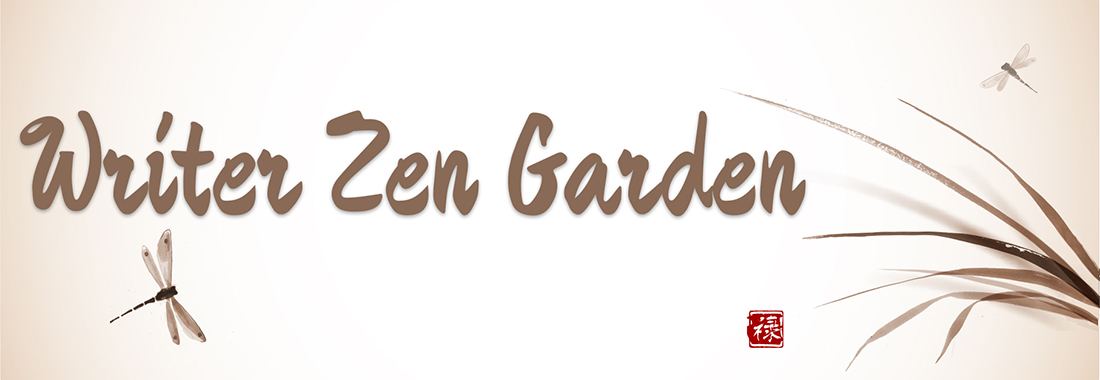L Is For… Learning About Tropes; and Theme vs Trope vs Motif, and What About How?
Contributed by Sela Carsen.
I’ve been writing romance for… well, let’s just say a long time. A very long time. I write this genre because I love it. For all the ups and downs and ins and outs, the vast variety of stories speaks to me.
But that doesn’t mean that I’m done learning. Even things that sound simple aren’t always easily understood, so it’s important to constantly study. Just last week, I had an epiphany around a word I thought I knew, until I began to examine it more closely.
Let’s talk about tropes. But to do that, we’re going to work our way through motifs and themes first.
Thesis: I’ve come to believe that we typically call a “trope” might be more usefully defined (at least for my own purposes) as a plot motif.
Theme: What’s the heart-meaning of this story?
Motif: What symbols, metaphors, or characters can I use to reinforce and illustrate that meaning?
Trope: What commonly identifiable plot structures can I use to reinforce and illustrate that meaning?
To take an example that’s commonly misidentified as a trope: “billionaire romance.” This is, in fact, a motif, but it is neither a theme nor a trope.
“Billionaire romance” hinges on a commonly recurring character, so it’s sort of a motif, but really, it’s little more than a job description that we use as shorthand for a specific type of character. It’s not even a particular archetype of a character, except as “hero,” and then it doesn’t really define which type of hero very well. Is he the hard working and polite hero? The trickster rogue hero? The hero who was born under a lucky star?
It says nothing about the story itself. It’s just… a guy with money, which isn’t especially heroic, in and of itself, but it’s often touted as a romance trope. How does “guy with money” make the leap to being called a trope?
It doesn’t. It’s just a character. A character is not a trope, and it’s only a motif inasmuch as the character archetype illustrates the theme of the story.
By that reasoning, then, we can take away all the “this type of character” elements of romance that we love – biker, geeky heroine, virgin hero, boy next door, kickass heroine – and put them aside as Motifs, Not Tropes.
So how does a trope compare to a theme? Are they the same thing?
Nope. Theme is more like “what’s the meaning of this story?” Is it trying to teach a lesson, or illustrate an element of human nature, or, to use that high school lit class question, is it man vs man, man vs nature, man vs himself, etc?
The literary world uses the word “theme” like a 20-lb sledge hammer. “But what does it MEAN?” they ask, as if the question itself has meaning.
“Is it about how beauty rots from the inside?”
“Does it boil down to the meaningless nature of life?”
Oy. Some people need to get over themselves.
But the sharp stick up the literati’s collective ass doesn’t negate the idea that a lot of romance is based on the central themes of Hope or Redemption or Truth or any number of wonderfully positive ideals.
But an ideal or a theme doesn’t tell you how the story is going to go. That’s where plot comes in. And that’s where tropes come in. If we take the idea that a trope is really a plot motif that fortifies the theme, let’s work it out with some examples.
Let’s take the theme of “Truth.”
One way you could illustrate the theme is by using the trope of “Fake Dating.” It’s usually employed because one or both parties want to pull the wool over someone else’s eyes. They’re lying and the plot hinges on them working their way up to telling the truth – to themselves, to each other, to everyone else.
You could also illustrate the theme of Truth by using the tropes of “Marriage of Convenience” or “Love Triangle” or “Secret Baby.” Those are the vehicles you use to get to the main idea of Truth.
Let’s do another one. Say, “Redemption.”
My favorite Redemption storyline is “Beauty and the Beast.” The Beast can only be redeemed – become human again – by learning self-sacrifice and pure, giving love. So the trope, the storyline, the plot of Beauty and the Beast is one way to illustrate the theme of Redemption.
Another possible trope/plot motif to illustrate the same theme would be “Second Chance.” One or both of them screwed up earlier and now they have to forgive. They have to redeem their chance to love again.
So there are many different tools that can be used to illustrate the same theme. A trope is simply the commonly identifiable plot structure you use to get there.
 Bio: Sela Carsen is an award-winning author of paranormal and sci-fi romance — with or without sex and dead bodies. Your pick. She maintains a permanent nerd-on for fairytales and mythology, and openly hoards reference books about obscure folklore. Born a wanderer, she and her family have finally settled in the Midwest. Until they move again, at least.
Bio: Sela Carsen is an award-winning author of paranormal and sci-fi romance — with or without sex and dead bodies. Your pick. She maintains a permanent nerd-on for fairytales and mythology, and openly hoards reference books about obscure folklore. Born a wanderer, she and her family have finally settled in the Midwest. Until they move again, at least.
